THOM BROWNE - In Order, Joy
In conversation with Leclaireur, Thom Browne discusses his work and the power of uniformity. We often imagine creative people, visionaries, as chaotic beings. Thom Browne is the exception that proves...
In conversation with Leclaireur, Thom Browne discusses his work and the power of uniformity. We often imagine creative people, visionaries, as chaotic beings. Thom Browne is the exception that proves...

In a conversation with Leclaireur, Thom Browne talks about his work and the power of uniformity.
We often imagine creative people, visionaries, as chaotic beings. Thom Browne is the exception that proves the rule, aligning the elements that surround him in a choreographed space where nothing protrudes. With his rigor enlivened by a refined whimsical spirit, Browne's work appeals to those sophisticated individualists who appreciate the masterful cut of a suit, but with the added spirit.
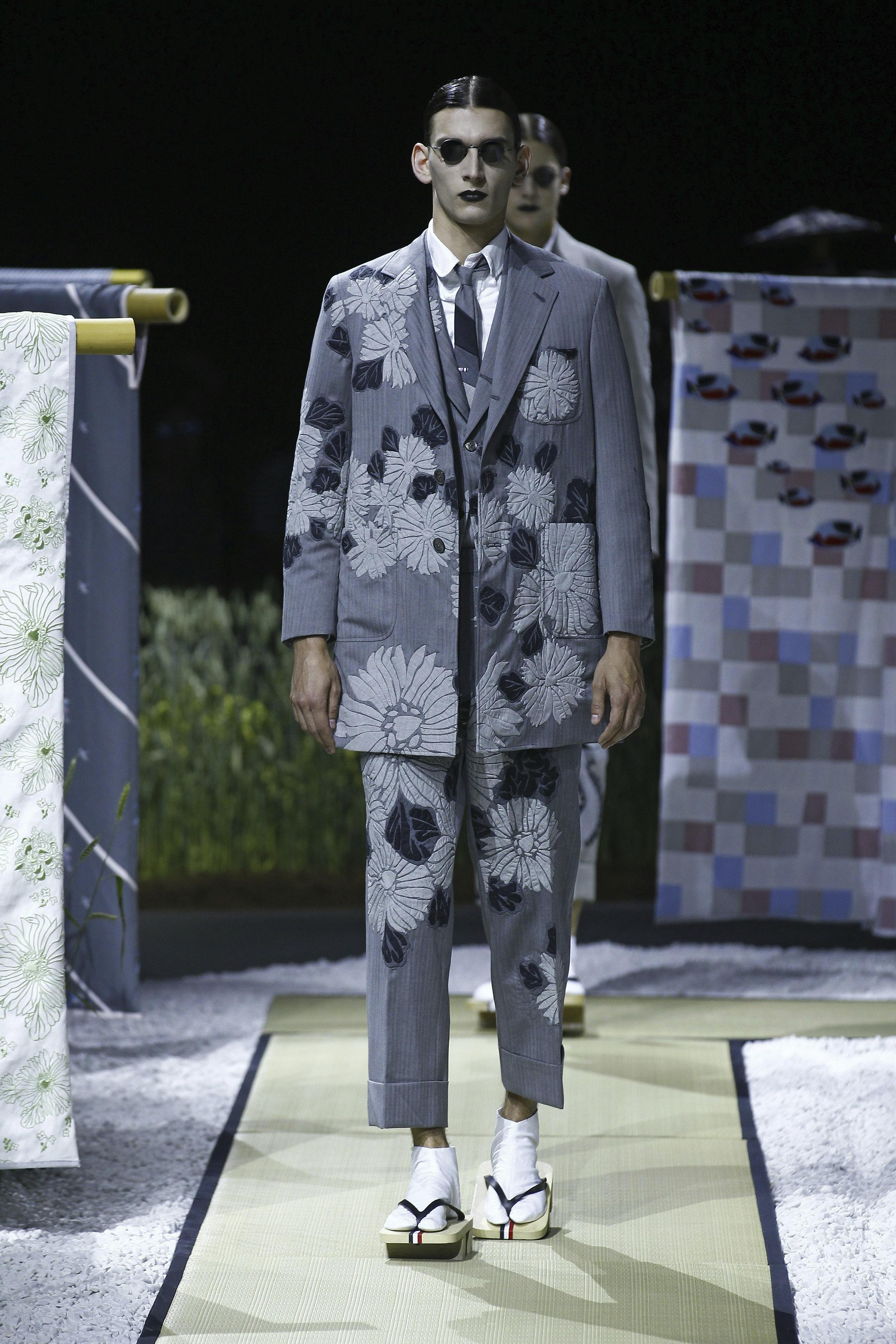
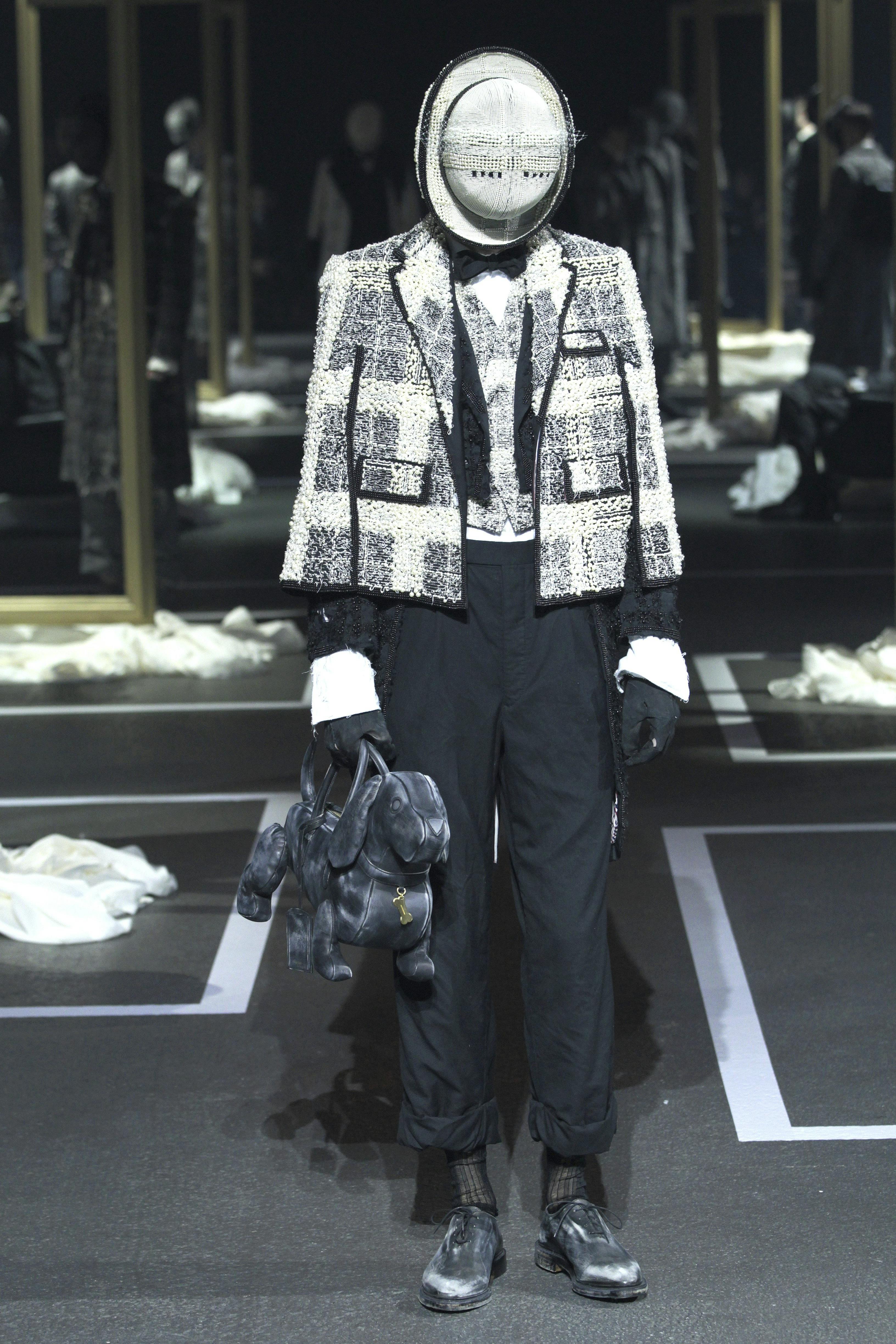
Now on the doorstep of the Designers' Hall of Fame, Thom Browne recently coordinated an installation at the Copper Hewitt Smithsonian in New York, before being honored by the CFDA for his work on men's wardrobe. Thom Browne's adventure began in 2001, when he couldn't "get anyone interested", but with his intention, perseverance, and unique vision, he has become one of the forerunners of men's diversity as it has developed over the last ten years. Meet the designer (and his dog Hector) in his Hudson Street boutique.
Available at Leclaireur Boissy d'Anglas. Discover the entire conversation below.
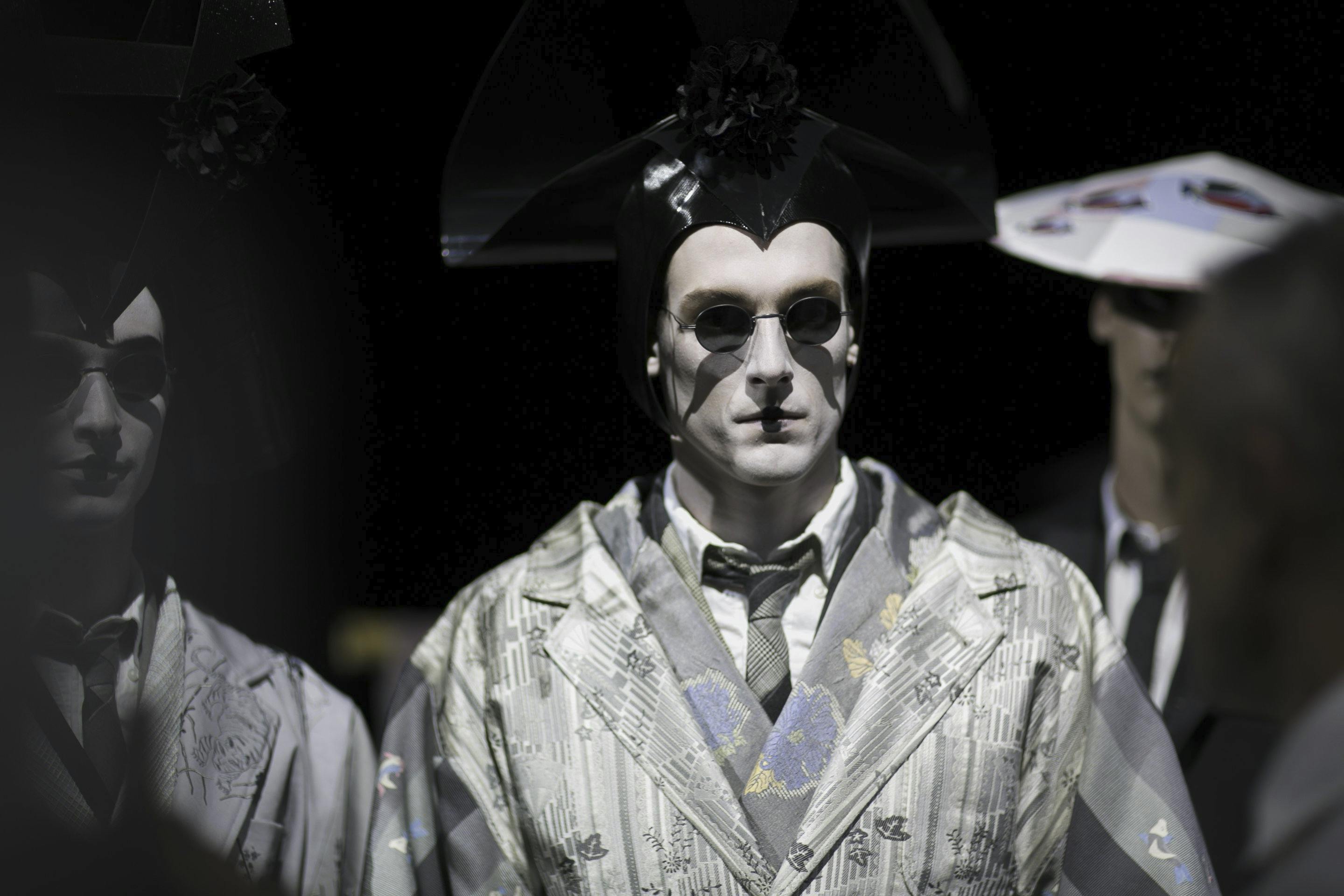
Leclaireur: You come from Allentown, a rather industrial American city. How does one grow up in such an environment when one aspires to be a creator?
Thom Browne: Growing up, I didn't see myself as a fashion designer. My parents were both lawyers, there were seven of us kids, our daily life was sports and school... Becoming a fashion designer was not even an option. The urge to create came after I graduated, I think. When I realized that what I really enjoyed was designing clothes.
L: It happened almost by accident...
W: I was living in Los Angeles. And I liked to play with vintage clothes, that's how I got into it. My acting career wasn't taking off, so I gave it up before I moved back to New York. I started working in the fashion industry, and that's when the revelation really happened. My first designs were given to me by Ralph Lauren at Club Monaco, and that's where I learned the ropes, although at the time my work was the opposite of what I aspired to create. I launched my collection with the first five suits I made.
L: How did you decide to take the plunge and go solo?
T: I think I started designing in a world that wasn't offering me what I wanted, it all started from the desire to create things for me, with the level of requirement that I had - that is, handmade clothes, with proportions that I liked and that were not the ones at the time. I didn't give it much thought, but that's how I came up with the shorter jackets and those special pants. It all came from a desire to satisfy. I had always wanted to do it, but I really started with something simple and very personal.

L: When people think of uniform, or uniformity, they think of institutions first. For you, the meaning is different, and you often address how it resonates with your personality.
W: For me, it's very much related to collecting, because I like things that are simple, organized, regimented in a way. Ideas of uniformity and sameness interest me because with them comes a new kind of confidence. And I believe that the person who chooses to wear a uniform has confidence in themselves. It is in this confidence that the true notion of individuality lies. Unique people are confident people.
L: And it is this individuality that allows you to have fun... Without being calculated, how do you incorporate this spirit in your creations?
T: I never calculate, clearly, but everything is always thought out. There is a reason for everything with me. If sometimes the consistency seems less obvious in a collection, it is at least in the classic ideas behind it. The clothes that my employees wear, and that I myself am drawn to, are classic pieces that are extremely well made. And I think the humor and sometimes dark references I infuse into my collections only support that craftsmanship.
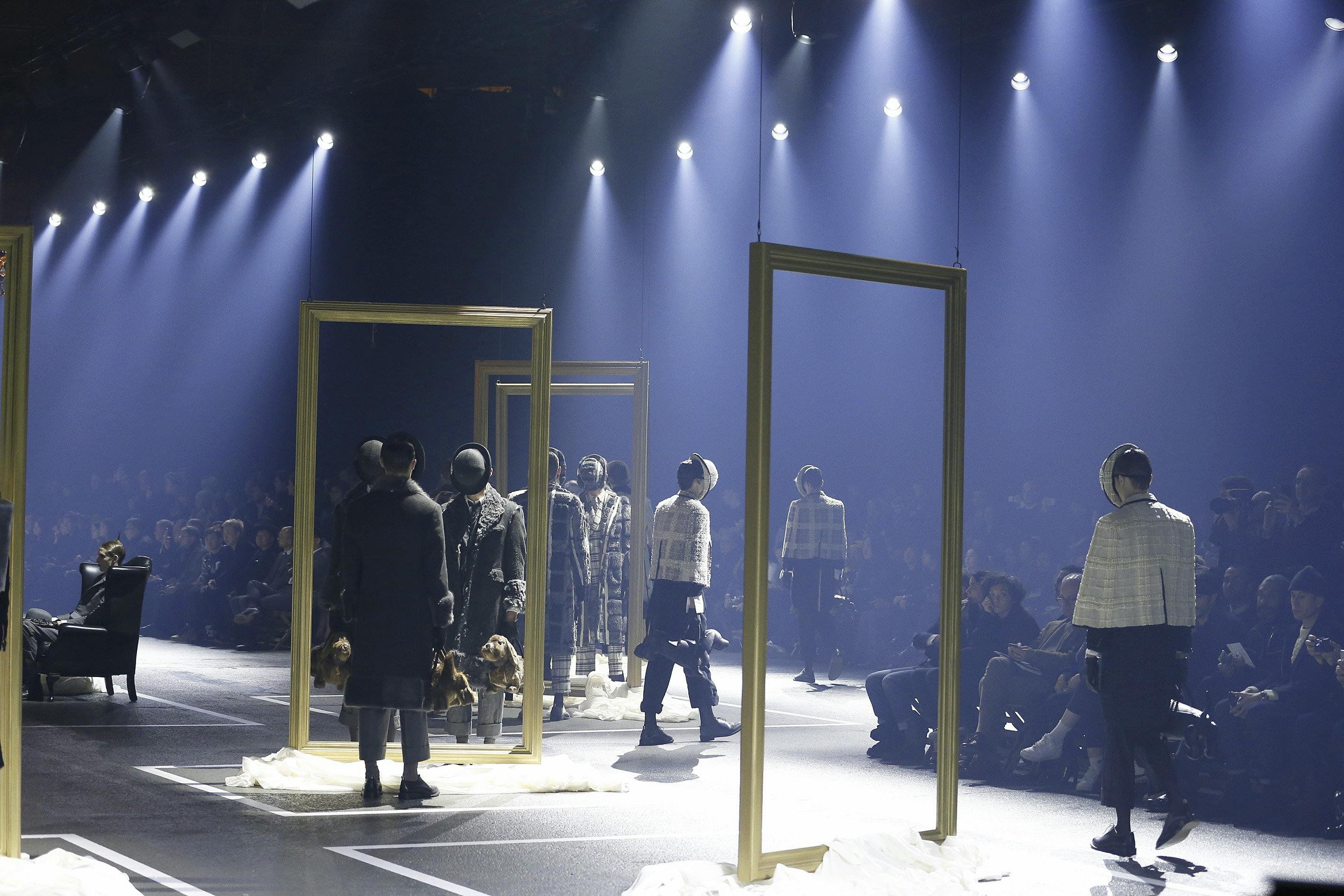
L: You use fabrics with undeniable tactile qualities, which invite touching. Can you tell us how you choose them and how they inspire you?
T: I develop all the fabrics for my collections myself. They are a major part of my design, and although they differ each season, they always come from a classic design. I like to infuse them with ideas that will make them more current, not only for my collections, but also for my customers, who are mostly young at heart. I like to play with embroidery, and there is a factory near Lake Como where I have all my jacquards produced.
L: Over the past decade, the men's wardrobe has undergone a lot of transformation. What is the vision of someone with 15 years of career on what is happening today?
T: I don't always follow what's happening at the moment. I like to focus on what I love, and there are other designers who know a lot more about current trends. I think that what I do is more easily accepted today, for the simple reason that I couldn't afford to give anything away for free. Recently there is a lot more choice for men, and I don't know if that's necessarily a good thing. I think a more diligent selection is better. For me, creating well means presenting interesting ideas, taking care that everything is done with quality.
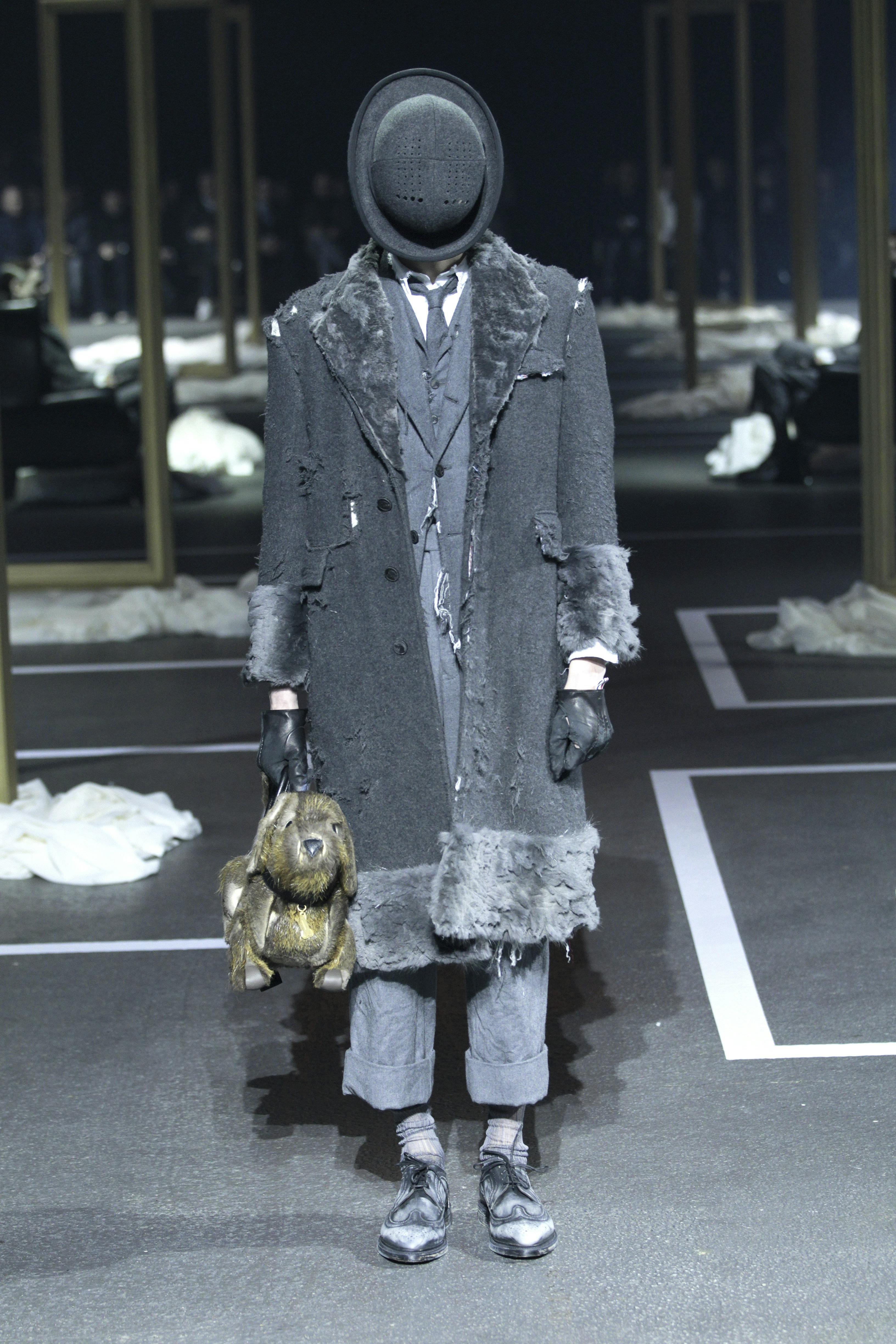

L: You have been working with Leclaireur for 3 years.
T: Leclaireur is one of the stores I had in mind since the beginning. Even if, as an American, it's a complicated name to pronounce! I wish I could have been represented there from the beginning, they are iconic places that know how to represent the collections they present, and in which all designers would like to be sold. Being in their selection makes sense, and I never sit on my laurels.
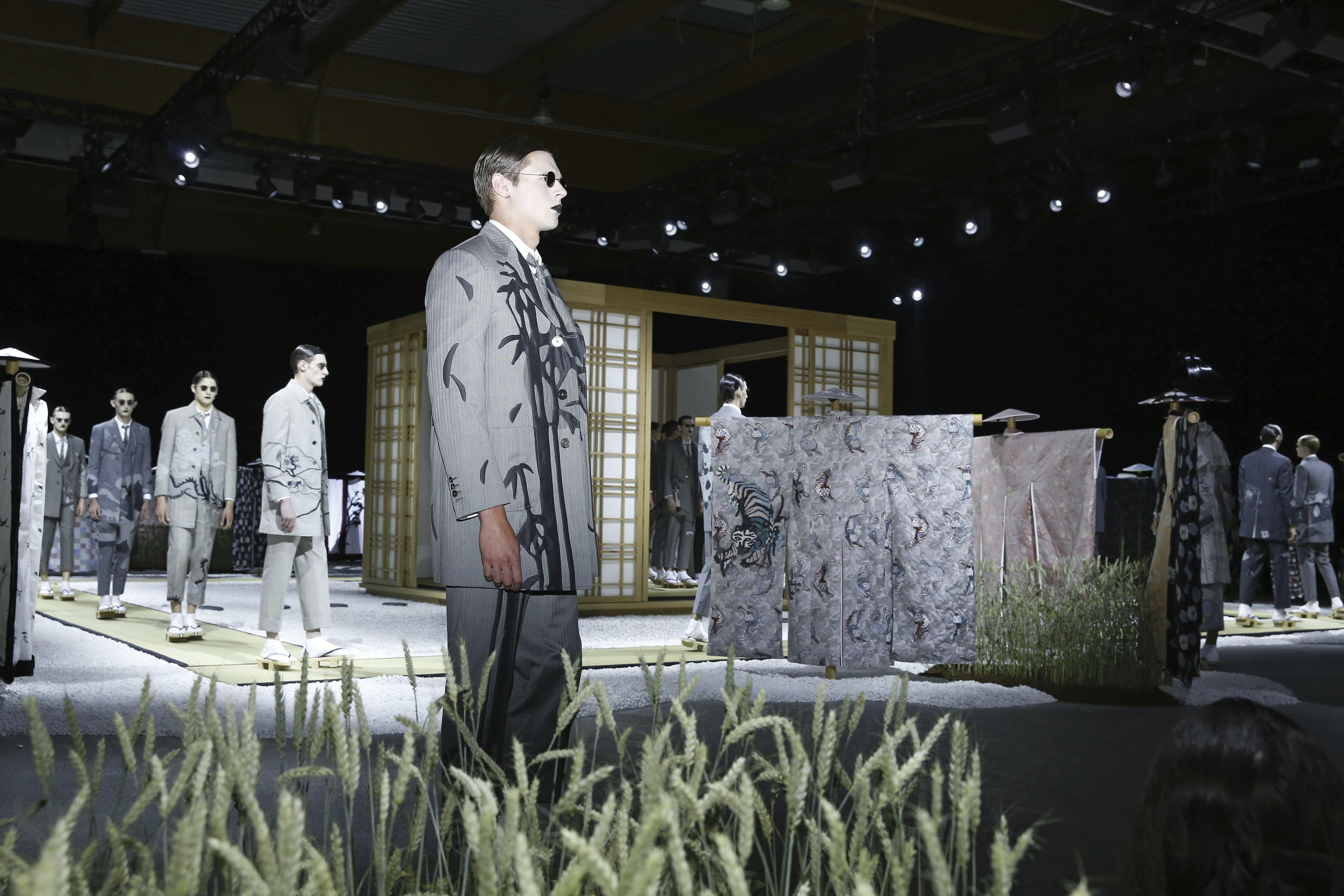
L: In 2012, you were awarded the Cooper Hewitt National Design Awards. More recently, you presented an installation there.
W: It's an absolute honor. There's something exceptional about being the first designer to be given such an opportunity, and I wanted to showcase their collection. So we went to see it without any preconceived idea of what I wanted to create.
The two 18th century mirrors immediately stood out. I had just presented a collection with a lot of mirrors, so it was perfect timing. I wanted to make sure that I was representing what I was doing along with the Smithsonian collection, so I went back to very important elements of my past collection: the silver-clad desk, the silver shoes. That's also how I was able to incorporate my ideas of uniformity and individuality. I wanted people to see their reflection and be able to have their own experience.
L: What mirrors were important to you?
T: There's a Jim Dine mirror... I started with this pair of classic mirrors, but in a way I wanted them all to look equal, I wanted to create an overall experience for the visitor.
L: And you, when you look in the mirror, what do you see? Who is Thom Browne?
W: That's a complex question... I see someone who loves what he does.
Your cart is currently empty.
Start Shopping